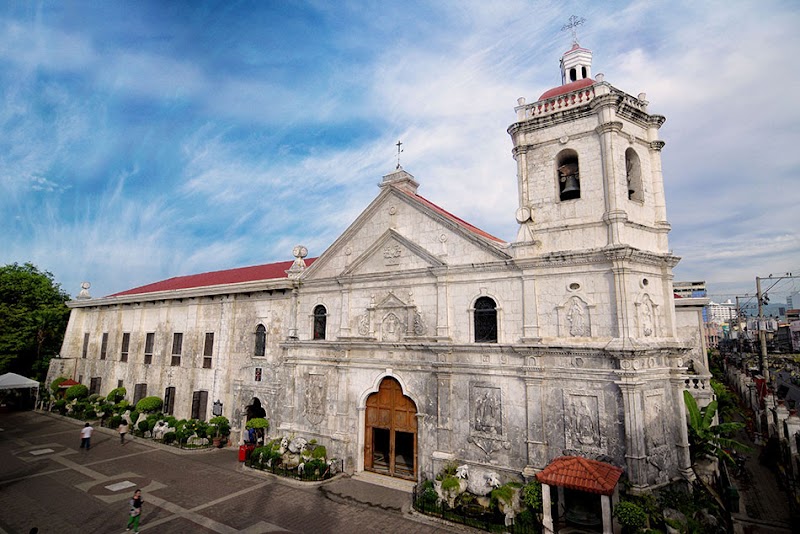Investors
Oops! Something went wrong while submitting the form.

Magellan’s Cross is perhaps one of the most iconic symbols of Cebu City’s history. Planted by Portuguese explorer Ferdinand Magellan in 1521, this cross marks the beginning of Christianity in the Philippines. Housed within a small chapel near the Cebu City Hall, visitors can admire the painted wooden cross believed by some to contain remnants of the original. It's easy to access and located right in the city center, making it a convenient stop for anyone looking to dive into Cebu’s colonial past without straying far from other city's attractions.
Just a short walk from Magellan’s Cross stands Fort San Pedro, the oldest and smallest fort in the Philippines. Built by Spanish conquistadors, this triangular fortress served as a military defense structure and now works as a museum showcasing artifacts that detail the city’s early colonial days. The well-maintained gardens and shaded walkways make Fort San Pedro a pleasant and budget-friendly activity that appeals to history buffs and casual visitors alike.
Nearby is the Basilica del Santo Niño, one of Cebu’s most significant religious and historical sites. This 16th-century church houses the revered Santo Niño de Cebu, a statue of the Child Jesus believed to be the oldest religious relic in the country. The basilica is not only a place of worship but also a treasure trove of historical artifacts and colonial architecture, making it a captivating stop on any traveler’s itinerary. Its central location in Cebu City ensures travelers can combine visits to these sites without spending too much on transportation, making it part of several cheap activities in Cebu, Philippines.
For frequent travelers and enthusiasts interested in things to do in Cebu, Philippines, these historical landmarks provide a well-rounded glimpse of the island’s cultural and religious heritage. Whether exploring the cross that symbolizes the dawn of Christianity, wandering through the fortress walls, or experiencing the spirituality inside the basilica, visitors gain a nuanced understanding of Cebu’s past.
Planning activities in Cebu, Philippines can be simplified with the help of an AI travel agent or a trip planner app. These tools assist in organizing schedules, finding cheap flights, and suggesting cheap activities tailored to specific preferences and budgets. By using AI travel recommendations, travelers can efficiently explore Cebu’s historical sites without hassle, enhancing their overall trip experience. The accessibility and affordability of visiting these landmarks, combined with the convenience offered by technology, make exploring Cebu’s history both an enriching and manageable endeavor.
Exploring the historical landmarks of Cebu City offers a profound insight into the Philippines' vibrant past. With the blend of cultural heritage, accessibility, and modern trip-planning tools, visitors can easily immerse themselves in the rich tapestry of Cebu’s history, ensuring a memorable and educational journey.